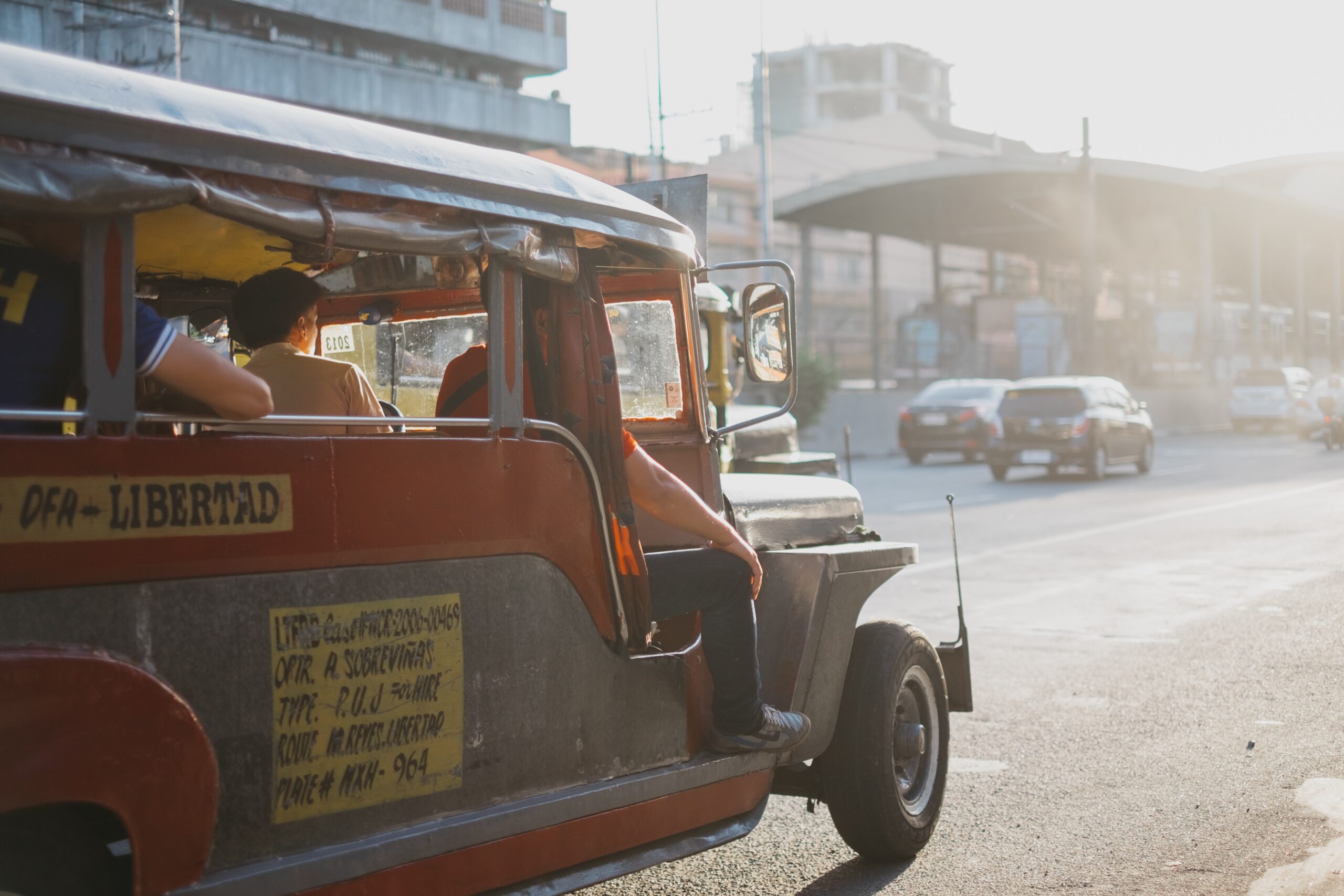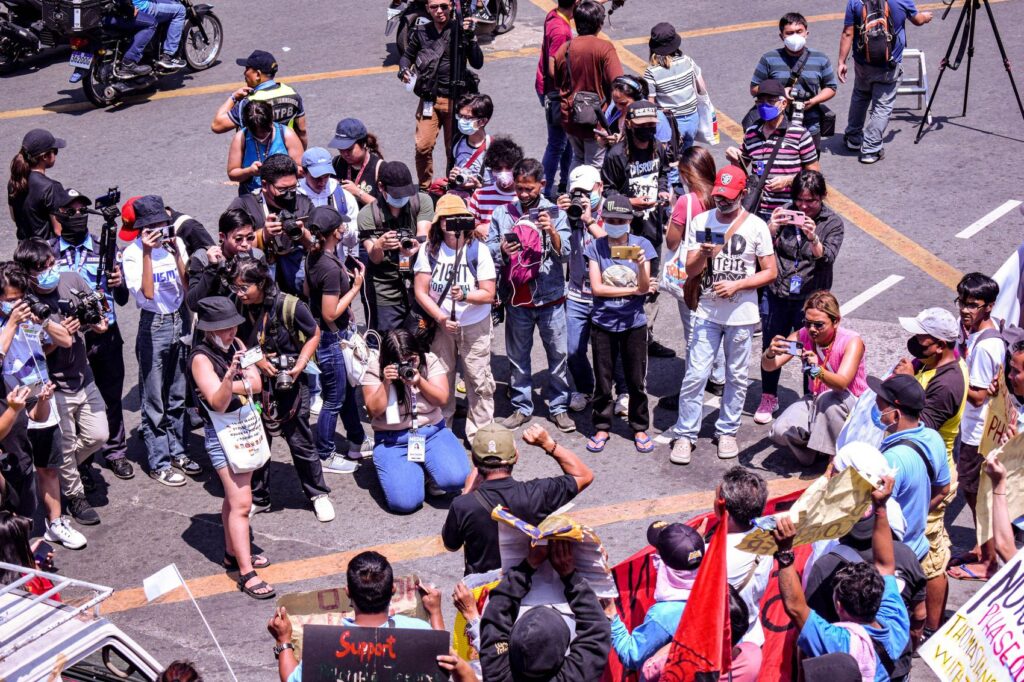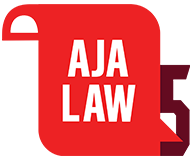Blog
Para po! Plying the Jeepney Route under the Public Utility Vehicle Modernization Program

Mausok, masikip at kakarag-karag – these common ailments of many public utility vehicles (“PUVs”) in the country aggravate the plight of daily commuters who are already often delayed and inconvenienced by the long queues and traffic congestion characterizing the Philippines’ road public transport system.
In a bid to transform the landscape of the country’s public transport into one that is comfortable, accessible, reliable, environment-friendly, and safe (C.A.R.E.S.)1, the Philippine government launched its Public Utility Vehicle Modernization Program (“PUVMP”) in 2017 through Department of Transportation (“DOTr”) Department Order No. 2017-11 or the Omnibus Guidelines on the Planning and Identification of Public Road Transportation Services and Franchise Issuance otherwise known as the Omnibus Franchising Guidelines (OFG).
The DOTr tapped the Land Transportation Franchising and Regulatory Board (“LTFRB”) as the primary implementing agency of the PUVMP.2
While encompassing various modes of public transport, the spotlight is on the iconic public utility jeepneys (PUJs) — the “king of the road” — that have been an integral part of Filipino culture for decades. To shed light on the current pushback of various transport stakeholders in the implementation of the PUVMP, this article aims to discuss the main standards and requirements of the program in achieving jeepney modernization and the challenges it poses to PUJ drivers and operators.
Franchise Consolidation
One of the most contentious components of PUVMP is the mandatory consolidation of operators and the establishment of bigger coordinated PUV fleets.3 Individual franchise holders with existing franchises and routes must form a single juridical entity with at least fifteen (15) units to apply for a Certificate of Consolidation with the LTFRB.4 The applicant or Transport Service Entity (TSE) may be a corporation, partnership, consortium/joint venture, cooperative or sole proprietorship.5 Upon finding merit in the application, existing individual franchises shall be cancelled and an updated or consolidated franchise will be granted in favor of the TSE.6 Generally, each TSE will be allowed to monopolize the route assigned to it under the “One Franchise, One Route” policy of the PUVMP.
Franchise consolidation aims to scrap the old one-franchise-one-operator-one-unit set-up of the PUJ industry and the boundary system which encouraged on-street competition and disorganized dispatching. The old system also proved expensive to individual operators who shoulder their own operational costs. The new system is expected to allow a more efficient management, resource pooling, and better access to financial assistance among PUJ operators.
Operator resistance stems from the view that the franchise consolidation requirement is ‘a demotion’ from being franchise-holders who run their own businesses to mere ‘members’ or ‘employees’ paid and controlled by cooperatives and corporate entities. Moreover, since franchises are only issued to legal entities most likely to be formed by wealthy businessmen who can comply with the hefty financial requirements of PUVMP, critics see fleet modernization as a way for corporations to take-over the transport sector.
Recently, the LTFRB issued Memorandum Circular No. 2023-052 which states that all unconsolidated individual operators who failed to file an application for consolidation on or before 31 December 2023 can no longer organize into a juridical entity or join consolidated entities.7 Further, their provisional authority is deemed revoked and they are no longer allowed to operate after 31 January 2024.8 Additionally, President Marcos announced that the government will not extend the deadline of consolidation because majority or 70% of all operators in the Philippines have consolidated.9
This caused a stir especially among PUJ drivers and operators who argue that the data is misleading because it merely pushes up the overall rate by including all types of PUVs, which failed to show the actual progress of consolidation per type of PUV.10 Further, the rate of consolidation varies across regions.11 LTFRB is yet to release the latest data but based on DOTr’s December figures, in the National Capital Region (“NCR”) alone, only 26.23% or 10,973 out of 41,835 PUJs have filed for consolidation.12 The significant percentage of unconsolidated franchise-holders is viewed as a showing of the economical displacement and loss of livelihood of a substantial number of operators, drivers and their families.
While the government allowed individual operators to operate in routes without consolidated TSEs until 31 January 2024,13 unconsolidated traditional PUJs can no longer operate thereafter, otherwise, their operation shall be deemed illegal for operating on a revoked franchise. As such, unconsolidated PUJs shall be considered as colorum and their operators and drivers shall be apprehended and meted with a high penalty.14
Fleet Modernization
Under the PUVMP, transport operators are mandated to secure more fuel-efficient and environmentally friendly vehicles that use electric drive and/or combustion engine that is Euro IV compliant or better, as prescribed by the Department of Environment and Natural Resources (DENR).15 Additionally, new jeepney units must adhere to national standards and international vehicle safety conventions, and all relevant vehicle parts shall be compliant with Philippine National Standards (PNS).16 This includes features such as CCTV cameras, dashboard cameras, Global Navigation Satellite System receivers (e.g., GPS), speed limiter, and fire extinguishers.17 They even have automated fare collection systemsand free Wi-Fi.18
To ensure roadworthiness, the vehicles must also comply with the maximum age limit prescribed by LTFRB.19 The age limit is based on the year of the oldest major component (i.e. chassis and engine/motor) of the vehicle and not the initial year of registration or the year of importation.20 Moreover, refurbished and/or rebuilt vehicles shall pass the type approval system test and be issued a Certificate of Compliance with Emission Standards (CCES) as a condition to initial registration by the LTO and to the roadworthiness test of the LTO-Motor Vehicle Inspection System for renewal of registration.21
Critics view the PUVMP as being anti-poor given the acquisition cost of around PhP2.5M to PhP3M per unit of modernized PUJ, as estimated by the resource persons invited during the Senate Committee on Public Services hearing on PUVMP in March 2023. It is almost impossible for small operators to afford one unit of modern PUJ, much less 15 units to be eligible for a franchise.

Financial Assistance Programs
The following TSEs are qualified to avail of government subsidies and loan programs under the PUVMP:22
- TSEs that will secure financial assistance from Land Bank of the Philippines (Landbank) and the Development Bank of the Philippines (DBP) for the acquisition of Modern PUVs such as Class 1, 2, 3, or 4 conforming to Philippine National Standards (PNS);
- TSEs with valid Certificate of Public Convenience (“CPC”) or Provisional Authority (“PA”) at the time of release; and
- TSEs, which have previously approved loans from 31 July 2018, operating compliant PUVs.
If compliant, equity subsidy amounting to PhP210,000 shall be given to operators who purchased Class 1 vehicles while PhP280,000 will be given for Class 2, 3 and 4 vehicles.23 Modern PUJs can be classified under any of these classes depending on the requirements under the PNS. Aside from the foregoing, compliant PUJ operators under the fuel subsidy program are set to receive PhP10,000 fuel subsidy to cope with the oil price hikes.24
Notwithstanding the provisions of equity subsidy and loan programs, studies conducted by the DBP and LBP revealed that the operations of TSEs will not be viable given the steep price of modern PUV units.25 Under the current payment scheme per unit, the monthly amortization is around PhP38,000 to PhP40,000 for seven (7) years26 which is obviously burdensome to the TSEs given that the average income of drivers per day is only around PhP300 to PhP500.27
Route Plans
Before a franchise may be issued under the PUVMP, one of the minimum requirements is the creation of Local Public Transport Route Plan (“LPTRP”) by LGUs with the support and assistance of LTFRB.28 This contains a list and map of existing and proposed routes, the estimated existing and forecasted passenger demand for each proposed route, and the inventory of available transport facilities which must be submitted to the DOTr for approval.29 Banks providing financial assistance also require the presentation of LPTRP.
From constituting an LPTRP team to securing official inputs and/or comments of all stakeholders such as commuter groups, transport groups, and the academe within the respective region of the LGU in preparing the LPTRP, the preparation of the LTPRP is indeed tedious.30 This is on top of the likewise tedious approval process of LPTRP which additionally requires an ordinance.31
Earlier, the LTFRB attributed the slow implementation of PUVMP to the lack of LPTRP.32 The challenging process of obtaining an LPTRP can be gleaned from the low rate of approved plans. As of December 2023, only 9.5% or 155 out of the 1,575 LGUs have approved route plans.33 Sen. Grace Poe stressed that many requirements are asked from drivers, but the deadline set for government agencies are not being met.34
Given the difficulties faced by LGUs and LTFRB in producing the LPTRPs, operators were allowed to consolidate and avail of financial assistance by submitting alternative route plans subject to modification once the official LPTRPs are issued. Still, without completing the route rationalization component of PUVMP, the overall impact of the new system to PUJ operators, drivers and the commuting public remains unclear.

A Bumpy Road Towards Modernization
The PUVMP, albeit a laudable objective, is met with significant challenges and resistance from various stakeholders specially among PUJ drivers and operators. The mandatory consolidation of operators, while aimed at creating more efficient management and resource pooling, is viewed by many as a potential loss of entrepreneurial control and economic displacement for individual operators. The fleet modernization requirements, though promoting more environmentally friendly vehicles, face criticism for their high acquisition costs, which are perceived as prohibitive for small operators. Financial assistance programs, while available, are deemed insufficient to make the operations of Transport Service Entities (TSEs) viable. Additionally, the PUVMP’s impact on PUJ operators, drivers, and the commuting public remains uncertain, with challenges in route rationalization and the completion of LPTRPs. As the PUVMP progresses, addressing these challenges through more inclusive and nuanced regulations will be crucial to cushion its negative impacts and achieve a sustainable public transport system for all.
For any questions concerning the PUVMP and/or related public utility laws, you may contact us.
Prepared by Reinalyn L. Domasig and Lenyth Jann B. Mahinay.
Footnotes
- D.O. No. 2017-011, sec. 2.1.
- Id.
- D.O. No. 2017-011, sec. 2.1.
- LTFRB M.C. No. 2019-066, sec. II.
- LTFRB M.C. No. 2019-066, sec. I.A.
- LTFRB M.C. No. 2019-005, sec. 4.
- LTFRB M.C. No. 2023-052, sec. II.
- Id.
- Betheena Unite (2023, Dec. 12), No extension of deadline for PUV consolidation – Marcos accessed at https://mb.com.ph/2023/12/11/deadline-for-puv-consolidation-won-t-be-extended-marcos.
- Yu, L. (2023, Dec. 12), IN NUMBERS: What’s the real status of jeepney consolidation? accessed at https://www.rappler.com/business/numbers-real-status-jeepney-consolidation/.
- Id.
- Id.
- LTFRB M.C. No. 2023-052, sec. II.
- Recuenco, A. (2024, Jan. 8), DOTr: Full enforcement vs. unconsolidated jeepneys, other PUVs after Jan. 31 accessed athttps://mb.com.ph/2024/1/7/do-tr-full-enforcement-vs-unconsolidated-jeepneys-other-pu-vs-after-jan-31.
- D.O. No. 2017-011, sec. 5.2.1.
- D.O. No. 2017-011, sec. 2.1.2.
- D.O. No. 2017-011, sec. 2.2.3.
- D.O. No. 2017-011, sec. 2.2.3.
19. D.O. No. 2017-011, sec. 5.2.2.
20. D.O. No. 2017-011, sec. 5.2.2.
21. D.O. No. 2017-011, sec. 5.2.3.
22. LTFRB M.C. No. 2023-045, p. 2.
23. LTFRB M.C. No. 2023-045, p. 2.
24. Dela Cruz, R. (2023, Sept. 12), LTFRB: Fuel subsidy distribution for PUV drivers starts Sept. 13 accessed athttps://www.pna.gov.ph/articles/1209727.
25. Panti, L. (2023, Mar. 9), State-run banks: Current prices of new PUVs not viable for drivers accessed athttps://www.gmanetwork.com/news/topstories/nation/863341/state-run-banks-current-prices-of-new-puvs-not-viable-for-drivers/story/.
26. Id.
27. Id.
28. D.O. No. 2017-011, sec. 3.1.
29. D.O. No. 2017-011, sec. 4.1.
30. J.M.C. No. 001, s. 2017 sec. 4(c).
31. J.M.C. No. 001, s. 2017 sec. 4(d).
32. Amazona, R. (2022, Jun. 27), Rout plans crucial in transport modernization: LTFRB accessed athttps://www.pna.gov.ph/articles/1177610.
33. Senate of the Philippines (2023, Dec. 12), Poe rues lack of support for drivers in PUV modernization accessed at http://legacy.senate.gov.ph/press_release/2023/1212_poe1.asp.
34. Id.
